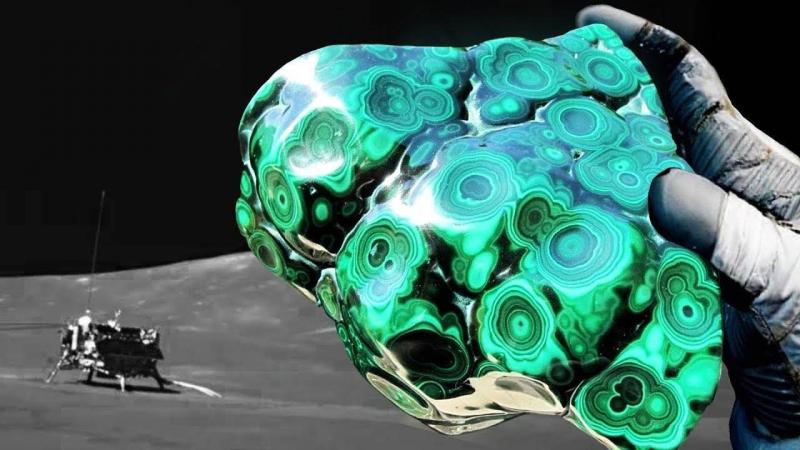It is known that China previously launched its first lunar rover for a mission to explore the far side of the Moon, known as Yutu 2, which arrived on the Moon with the help of the lander Chang’e 4. The Yutu 2 rover resumed exploration activities on February 6 after being temporarily halted during the extremely cold lunar night.
Reportedly, this rover has discovered something interesting on the Moon's surface, which Chinese space scientists have described as a milestone in the lunar mission. The mission scientists and rover leadership team found an elongated rock that deserves careful examination. Researchers stated that they plan to conduct detailed research and analysis of this rock using the visible and near-infrared imaging spectrometer onboard Yutu 2, which detects emitted light and its direct reflection from the materials to identify the details of their composition.
It should be noted that scientists have previously used this tool to examine lunar rock and soil samples from the Von Kármán crater, which have revealed intriguing samples of melted glass and materials that potentially came from the Moon's mantle. The spiral rock discovered by the Chinese rover, which resembles a shell and protrudes from the ground, is expected to lead to exciting discoveries.
Since the rock still retains a shell-like shape and features a prominent edge near its top, scientists believe it is geologically small. They speculate that the stress resulting from impacts and thermal cycles, along with other forms of natural weathering and erosion on the Moon's surface, may have fractured the rock over time into nearly spherical shapes. Researchers have proposed that the most likely theory is that it was ejected from a nearby volcanic crater. They also believe that a rock of this shape could have resulted from a process known as spallation, where rock fragments are blown off nearby surfaces without experiencing the same impact pressure as the area of direct impact.




